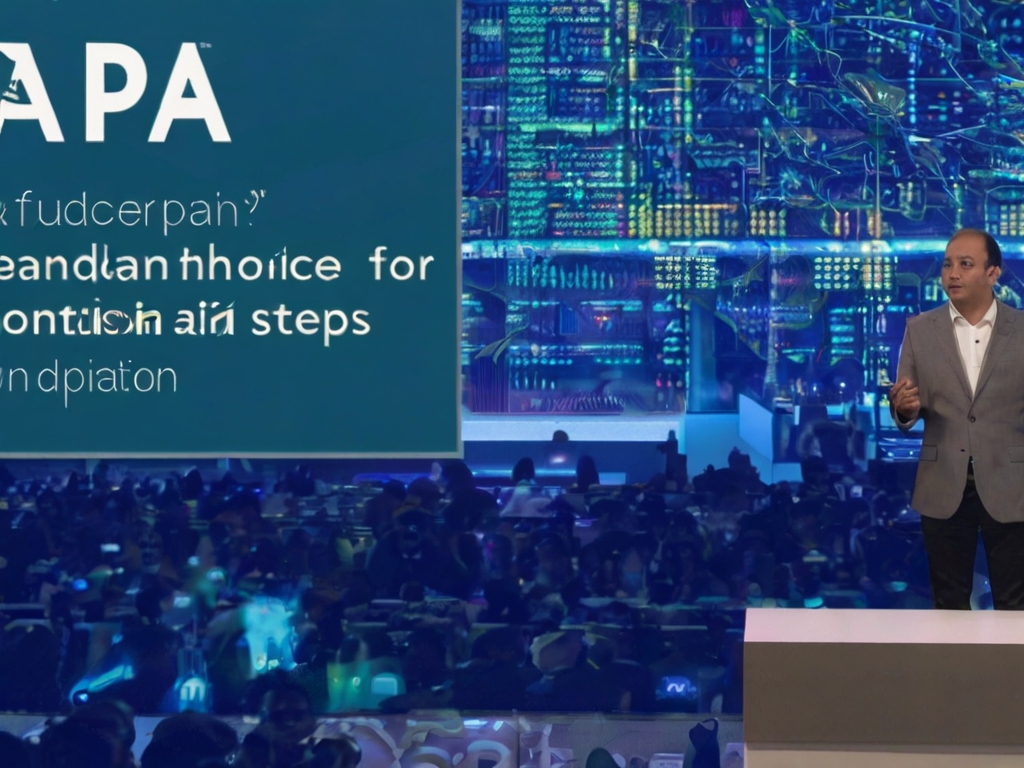At the recent XChange March 2024 event hosted by The Channel Company in Orlando, Florida, Ryan Walsh, the co-founder and chief strategy officer of Pax8, outlined crucial steps for businesses aiming to leverage artificial intelligence (AI) effectively. With a focus on practical implementation and customer-centric strategies, Walsh emphasized the importance of aligning AI initiatives with business objectives and customer needs.
Building a strategic framework for AI adoption
The first step in successful AI adoption is to develop a robust business strategy that aligns with customer demands and identifies opportunities for AI integration. By understanding customer pain points and priorities, businesses can tailor AI solutions to address specific needs and enhance overall operational efficiency.
Establishing governance and responsible AI practices
A critical aspect of AI adoption is the establishment of governance principles that ensure responsible and ethical use of AI technologies. Walsh emphasized the importance of privacy, security, transparency, and fairness in AI implementation. By adhering to these principles, businesses can mitigate risks and build trust among customers and stakeholders.
Driving adoption and training initiatives
To drive successful AI adoption, businesses must secure buy-in from leadership and provide comprehensive training to employees. By educating staff on the benefits of AI and how it can be integrated into their workflows, businesses can maximize the impact of AI initiatives and foster a culture of innovation and collaboration.
Identifying and implementing use cases
Once a strategy is in place, businesses should focus on identifying practical use cases for AI deployment. Walsh suggested leveraging tools like Microsoft Co-Pilot to streamline tasks and improve productivity across various departments. By prioritizing use cases that deliver tangible benefits, businesses can demonstrate the value of AI to customers and stakeholders.
Monitoring and measuring results
After implementing AI initiatives, businesses should continuously monitor and evaluate their performance to refine their approach and identify new opportunities for AI integration. By leveraging data-driven insights, businesses can optimize AI strategies and drive continuous improvement in operational efficiency and customer satisfaction.
Customer-centric approach to AI deployment
Walsh emphasized the importance of adopting a customer-centric approach to AI deployment, where customer needs and priorities guide decision-making. By aligning AI initiatives with customer expectations and delivering tangible benefits, businesses can differentiate themselves in the market and drive long-term success.
Supporting MSPs in AI adoption
Pax8 is committed to supporting MSPs in their AI adoption journey, providing resources, guidance, and strategic insights to help them navigate the complexities of AI implementation. Through initiatives like AI strategy playbooks and step-by-step guidance, Pax8 aims to empower MSPs to harness the full potential of AI and drive business growth.
As businesses embrace the opportunities presented by AI, it is essential to adopt a strategic and customer-centric approach to implementation. By focusing on building a robust strategy, establishing governance principles, driving adoption and training initiatives, identifying practical use cases, and monitoring results, businesses can unlock the full potential of AI and drive competitive advantage in the digital age. With the support of partners like Pax8, MSPs can navigate the complexities of AI adoption with confidence and unlock new opportunities for growth and innovation.





